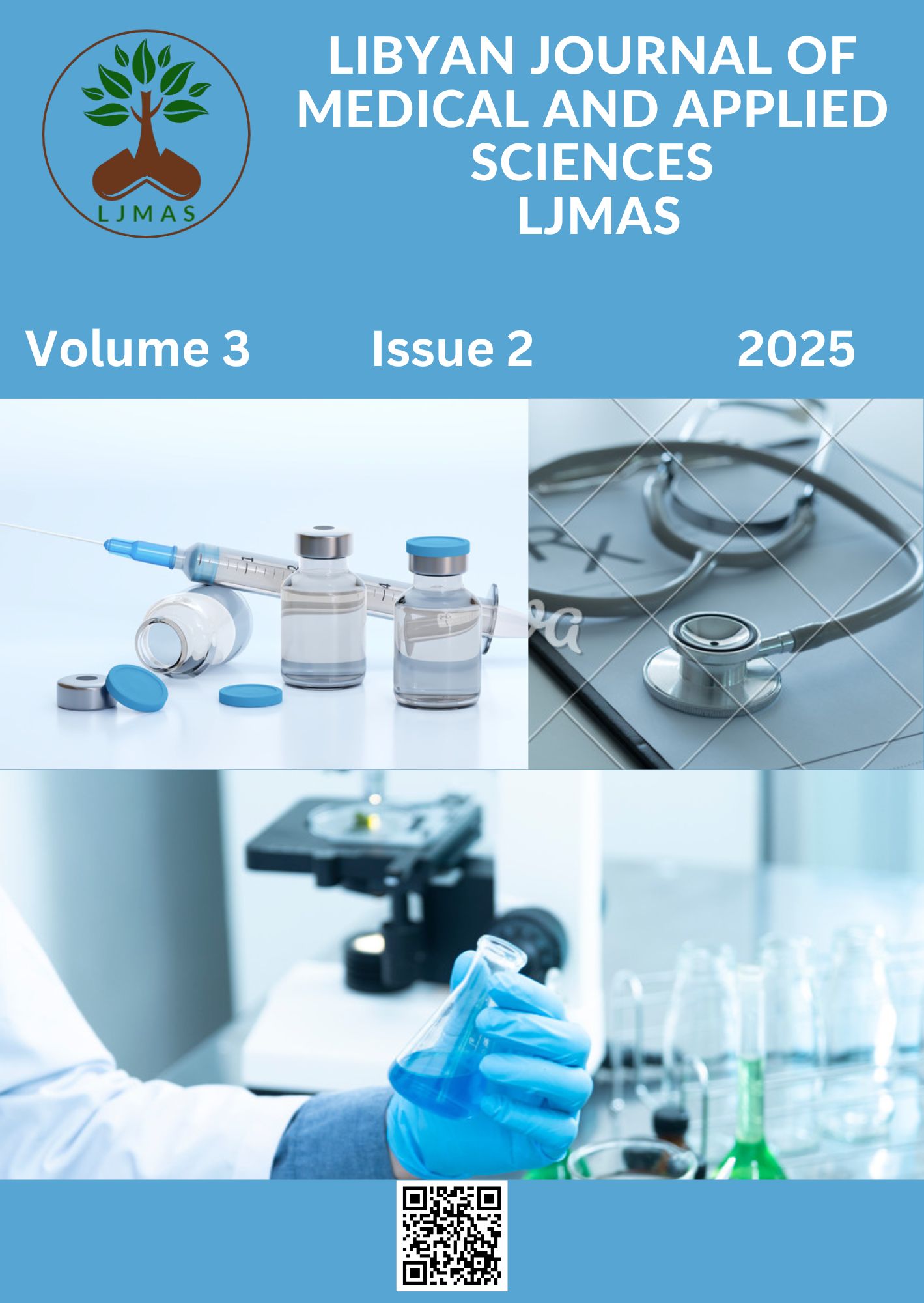A Theoretical Investigation of Schiff Bases as Metal Chelators for Environmental and Pharmaceutical Applications
محتوى المقالة الرئيسي
الملخص
Schiff bases have emerged as versatile ligands in coordination chemistry, offering a rich platform for designing metal chelates with promising environmental and pharmaceutical applications. Their unique structural features, including imine functional groups and tunable donor atoms, enable strong metal binding and modulation of electronic properties. This study provides a theoretical investigation into the design, synthesis, and application of Schiff base metal chelates, focusing on their role in wastewater treatment and drug development. By reviewing recent advances in the synthesis of bis-hydrazone, azomethine, and tetra-dentate imine frameworks, this research highlights the synergistic use of spectroscopic techniques and density functional theory (DFT) modeling in predicting complex stability, reactivity, and bioactivity. Key findings indicate that electron-donating and electron-withdrawing substituents significantly influence metal-ligand binding affinity, hydrolytic stability, and biological activity, while geometric preferences (square-planar vs. octahedral) determine redox potential and catalytic behavior. Additionally, the integration of computational methods with experimental assays underscores the importance of a multidisciplinary approach in developing Schiff base metal chelates with dual applications in environmental remediation (e.g., heavy metal adsorption) and pharmaceutical innovation (e.g., antimicrobial and anticancer agents). The research identifies gaps in current literature, particularly in addressing solubility challenges, competitive binding in complex media, and long-term toxicity, proposing avenues for future studies to enhance the practical deployment of these compounds.
تفاصيل المقالة

هذا العمل مرخص بموجب Creative Commons Attribution 4.0 International License.





